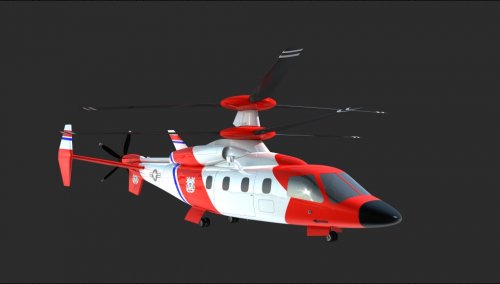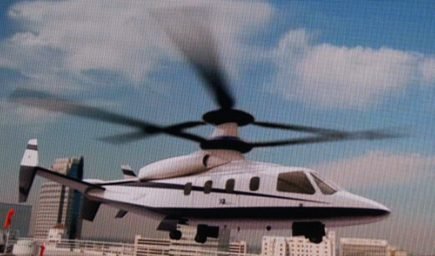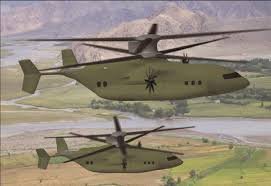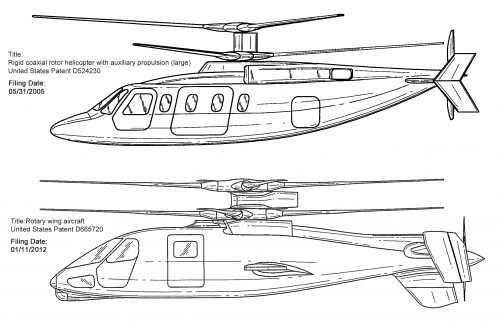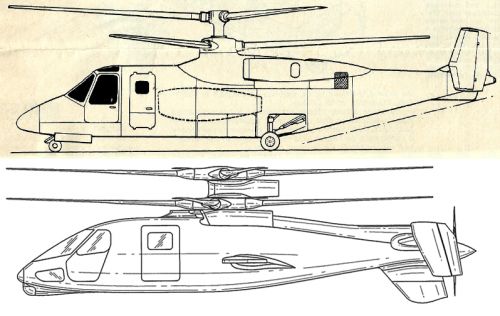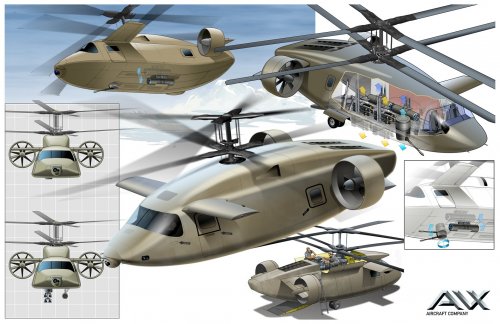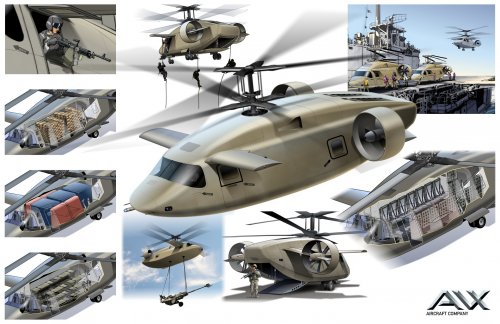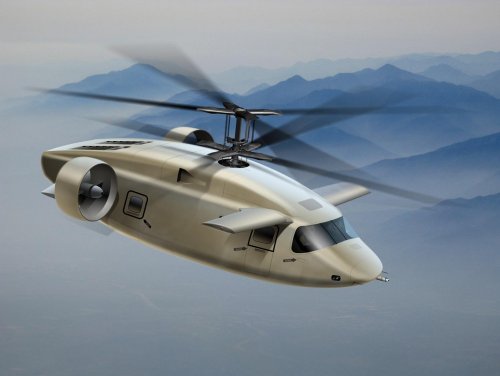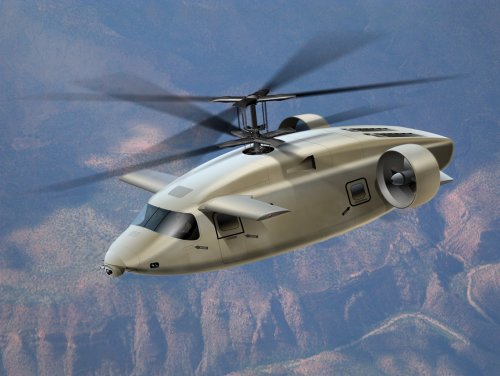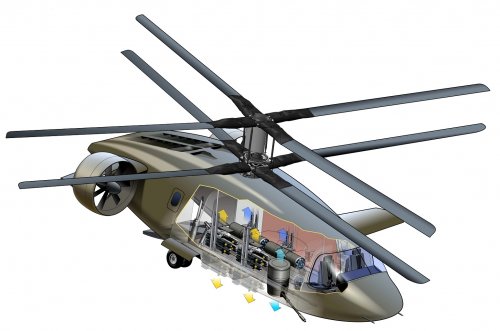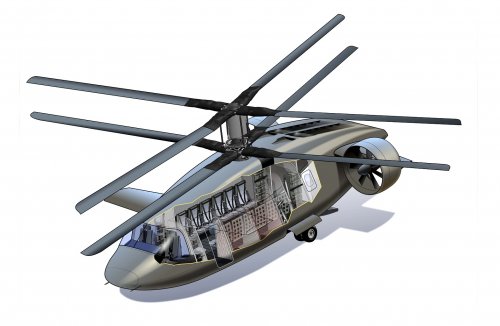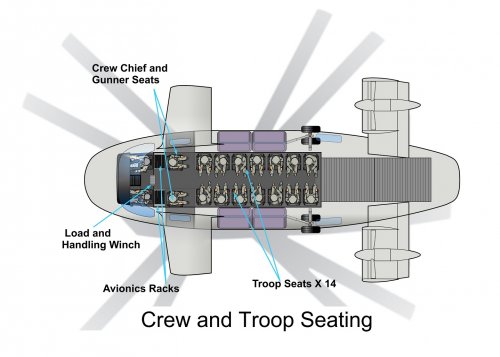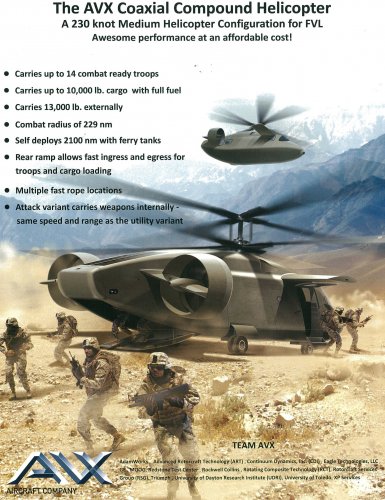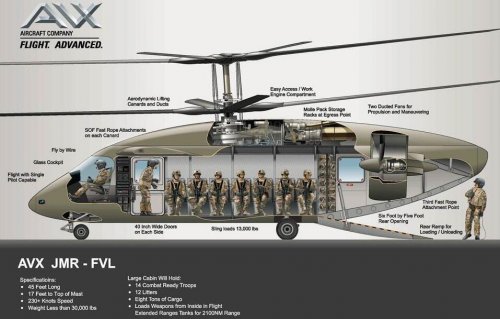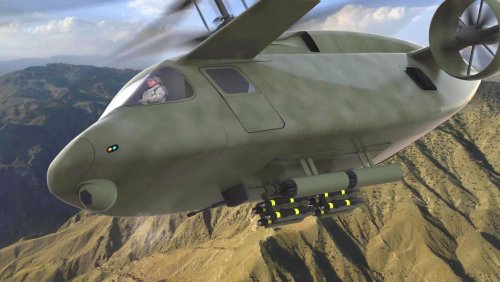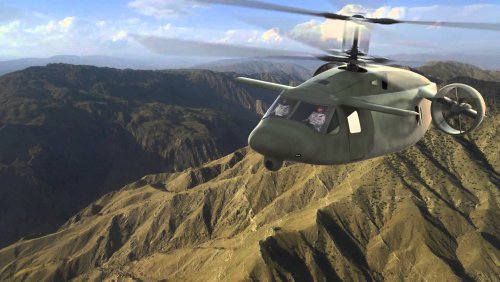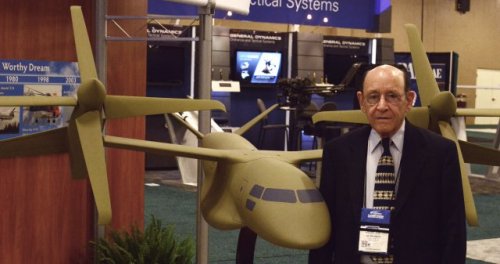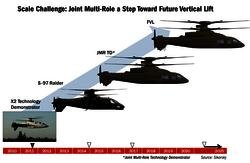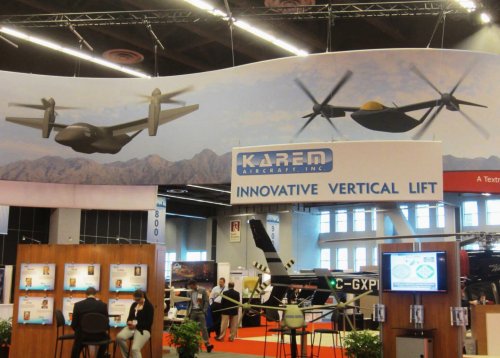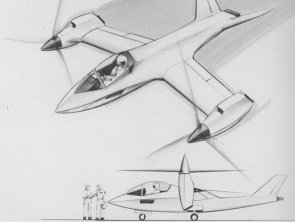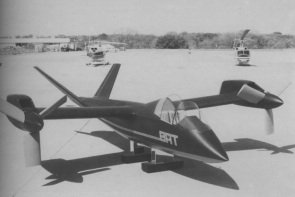It may be decades away, but the U.S. Army is working to protect the plan to replace its massive fleet of Sikorsky UH-60 Black Hawks from near-term budget cutting that could derail the program. While facing major reductions in force structure, the Army is spending money to develop the technology, define the requirements and decide what is affordable in a future rotorcraft.
Despite the budget pressures, the service remains on track to begin the acquisition process for an advanced rotorcraft to replace its Black Hawk medium utility helicopters starting in the mid-2030s, says the official leading the effort. A materiel development decision, formally launching the acquisition process, is scheduled for August 2015, says Dan Bailey, the Army's newly appointed Joint MultiRole/Future Vertical Lift (JMR/FVL) program director.
Already underway, the JMR technology demonstration is a precursor to the planned FVL Medium program to develop and produce a replacement for the Black Hawk and H-60 variants operated by the U.S. Navy and Air Force, the single largest helicopter fleet within the Defense Department.
Following the kick-off in 2015, the Army plans an analysis of alternatives that will run through 2016-17 and lead to a Milestone A decision in 2018 “on initiating a program of record for the TD [technology development] phase,” says Bailey.
[Sikorsky/Boeing's proposed JMR demonstrator will be bigger than Sikorsky's S-97 Raider, but still subscale to reduce cost.]
Sikorsky/Boeing's proposed JMR demonstrator will be bigger than Sikorsky's S-97 Raider, but still subscale to reduce cost.
The TD phase is planned to involve a fly-off between competitive “Y-plane” prototypes and lead to an engineering and manufacturing development program beginning around 2023. Initial operational capability for the FVL Medium is planned for 2034.
The Army believes a new rotorcraft is needed to close the capability shortfalls identified in its helicopter fleet, such as hot-and-high performance. To demonstrate technologies to close those gaps, the $354 million JMR program includes air-vehicle and avionics-architecture demos. Among the capabilities the Army believes it needs are higher speed—at least 230 kt.—greater payload, better hover performance, and self-deployment capability, but it must decide what it can afford.
“The business case analysis will begin late next year and inform the decision on do we upgrade the H-60 again and push FVL out or do we do FVL now,” Bailey says. “The way we get there is [to ask]: Do the technologies give us the capabilities to satisfy the gaps and is it affordable?” Wary that other programs have not delivered on affordability promises, the Army is working with the Joint Strike Fighter team and think-tank Rand, which has been critical of joint programs, to understand the pitfalls.
“FVL will be a bit more expensive than today's aircraft, but we can buy that back in life-cycle cost,” says Bailey. “The Army's logistics are set up on the evolution of the existing fleet and constrained by legacy designs. With FVL, we can open the door to changing the way we maintain our aircraft.”
Under JMR, four teams are working on concepts for air-vehicle demonstrators: AVX Aircraft with a coaxial-rotor/ducted-fan winged compound helicopter; Bell Helicopter with a tiltrotor; Karem Aircraft with a variable-speed tiltrotor; and Sikorsky/Boeing with a rigid coaxial-rotor/pusher-propeller design.
Component preliminary design reviews have begun, and initial design and risk reviews with the four teams are planned for June, after which the Army will decide how to proceed. The baseline strategy is to take only two of the demonstrator designs to flight-test in 2017, but Bailey says there could be other options.
All four teams have signed cost-sharing “technology investment agreements” for the entire JMR air-vehicle demonstration to 2019, committing to put substantial industry funding into the program. “We know we will have to descope those agreements based on the funding allocated today from four full vendor programs to something less,” says Bailey.
“We know we have funding today, based on what we negotiated, that would allow two of them to fully build and flight-test their vehicles. That is our minimum. But it is not our only course of action,” he says. “If our knowledge is enhanced by having each of them do something, then that is part of the discussion.”
Funding for two vehicles is predicated on 100 flight hours for each demonstrator. “Maybe we need something less, which would open up some additional funding. Maybe we do not need to build a full vehicle for one of them; maybe we need to build a smaller-scale one to put in the wind tunnel,” he says. “I would not say that anybody will be completely off the table.”
Even if they do not make it past July, teams will not be out of the game, Bailey stresses. “It is not a downselect. We are not buying a prototype that will turn into the FVL. JMR is not preselecting an FVL solution,” he says, noting the Army's requirements have already evolved from those set 18 months ago for JMR. “FVL will be a separate solicitation, with separate requirements.”
The JMR mission-system architecture demonstration, running two years behind the air-vehicle demo, is not developing a mission equipment package for the FVL. “It is way too early in the game, for an aircraft that starts production in 2030, to decide what kind of stuff you will have in it. Technology will change drastically over the next 17 years. We will probably not pick the mission system until the 2025 timeframe,” he says.
The goal of the avionics demo is “to put in place a robust, enduring, flexible and open architecture,” Bailey says. The Joint Common Architecture (JCA) will be built on the Future Airborne Capabilities Environment (FACE) standard for portable and reusable software. Plans call for two teams to build FACE-compliant JCA laboratory systems to prove that third-party software modules can run on independent implementations of the architecture standard for FVL. “We want to be able to take an app from this aircraft and apply it to that aircraft,” he says.
Despite budget pressures that have forced a reorganization of Army aviation, support for JMR/FVL remains strong, says Bailey. “We feel no budget reduction pressure for the JMR program. What was allocated is still there, while there is no other program that is not feeling a significant cut.


